Bagrati Cathedral
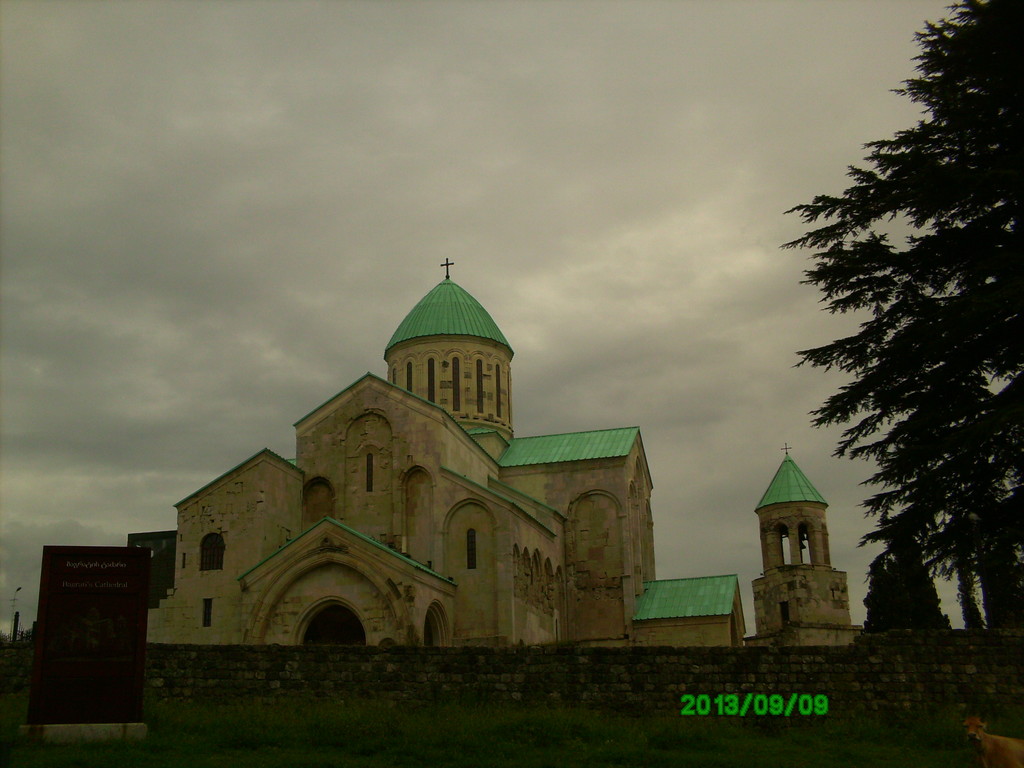
I want to tell you about Bagrati Cathedral, which is a fascinating place with all its charm and beauty as well as a thousand years of history. There are no words to describe those feelings that rise inside of you when you look at those buildings and remember how many times it was destroyed and yet, here it is, still, in all its glory and pride! To get all this, you need to know its history and meaning, the purpose, and what it means to Georgian people.
When I first went there, I think it was 2011 or something, I was shocked by its beauty, but it still was under reconstruction and stuff and it was still ruins of what once was a glorious building. It was surprising, how can a building stand so many centuries and still be this beautiful, even though it was nearly three centuries, that it had been in ruins, mainly, without its dome or something.
Historically, it had many arcs, which made it even more beautiful. It had a gallery, too, on the second floor, where the king and queen and other nobles sat and heard the chant. There were many ornaments on the walls inside and outside, and there were many frescoes and we can see a trace of one of the frescoes _ on the southern site there had been the Virgin Mary's fresco.
Everyone, who visited the site, was left amazed by the cathedral's beauty. In 1833 Marie-Frédéric Dubois de Montpéreux, this well-known traveller visited Bagrati Cathedral, and despite the fact that it was all in ruins, he was still amazed by it and wrote, that the Bagrati Cathedral was the most wonderful site in Georgia, and that it was built nearly in the same years as Kiev's Saint Sophia's Cathedral, but was more beautiful and splendid than Saint Sophia's Cathedral.
So, I will tell you the story of Bagrati Cathedral, because you should really know what it has been through, and so that you will respect it even more.
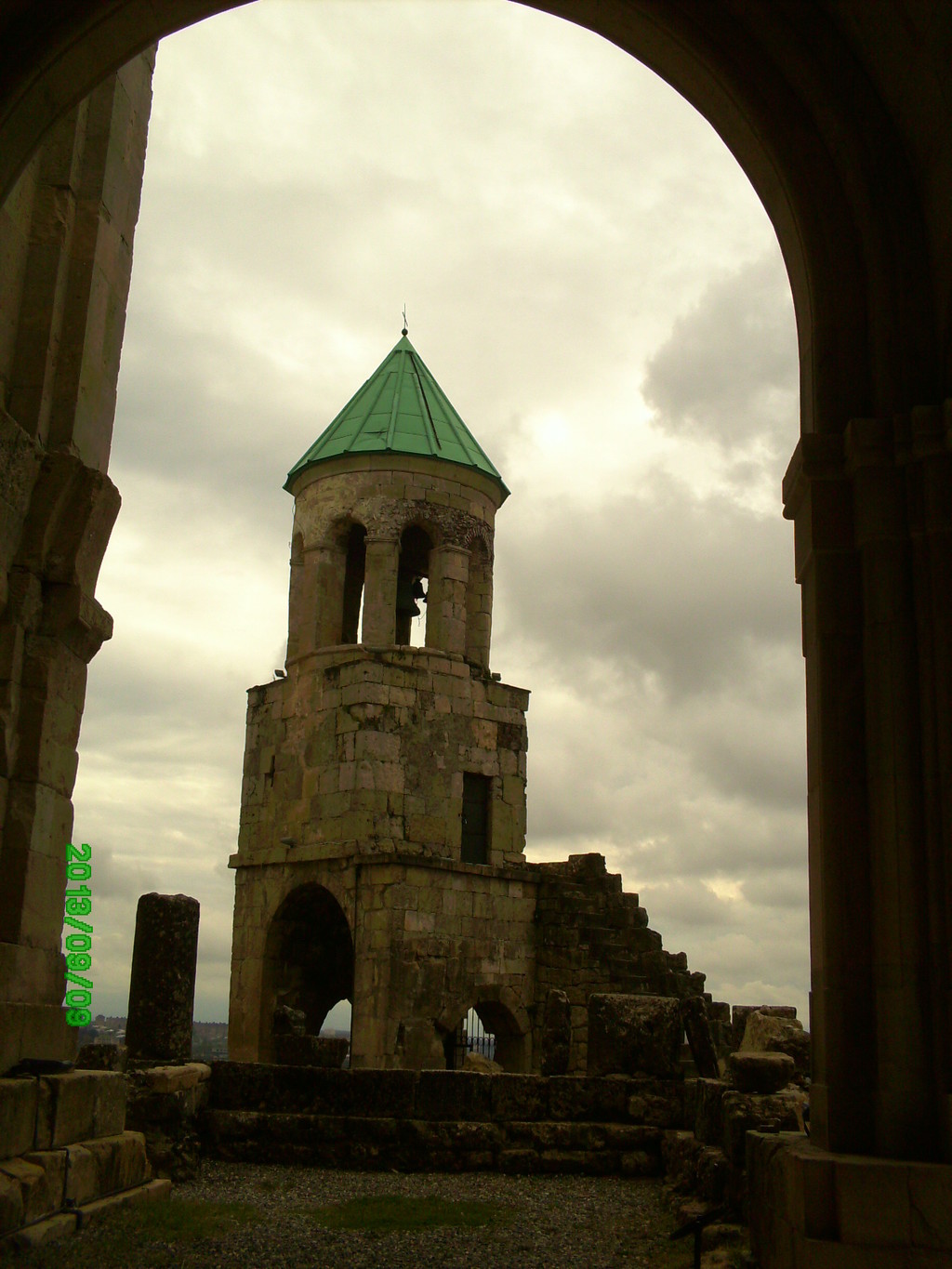
History
Bagrati Cathedral is an eleventh-century cathedral in the city of Kutaisi, the Imereti region of Georgia. It is a masterpiece of the medieval Georgian architecture. It was reconstructed to its present state through a gradual process starting in the 1950s, with major conservation works concluding in 2012. The cathedral rests on the Ukimerioni Hill. And it looks down on the city of Kutaisi. It has been a UNESCO Heritage site since 1994. In 2009 the government made a decision to restart archaeological diggings there and to start a reconstruction of the cathedral.
The original church was built in the eleventh century, when King Bagrati became the King and then and only then Georgia got united. The Bagrati Cathedral is a symbol of unified Georgia and that's why people love it so much and respect it.
So, the cathedral was built during the reign of Bagrat the 3-rd and an inscription on the north wall says that the floor was laid in “chronicon 223”, which means it was 1003 when that happened. The church stood still and everything went great, until the Ottomans’ invasion in the seventeenth century. In 1692, Ottoman troops invaded the Kingdom of Imereti and they burned the church and destroyed many things, because that’s what most of the conqueror troops do, they just wipe off all the good stuff and for what? Nothing! You’re saying, that it’s all because the people on those lands to be scared of them and not to dare carrying out their old habits and keeping their traditions? Well, that won’t come true, if you ask me, because whenever someone tries to make you feel small and to make you do things that you don’t want to do, something appears in your inner self and you just become more stubborn and hate them and do things that make them even more cruel, but you do them anyways. I guess, that’s how it works. That’s why the Arabs did this conquering thing so easily, because they didn’t really do those stuff as much as the others did. And they had just this kind of diplomacy thing and the people just thought they were going to be good for them and the relationships between them.
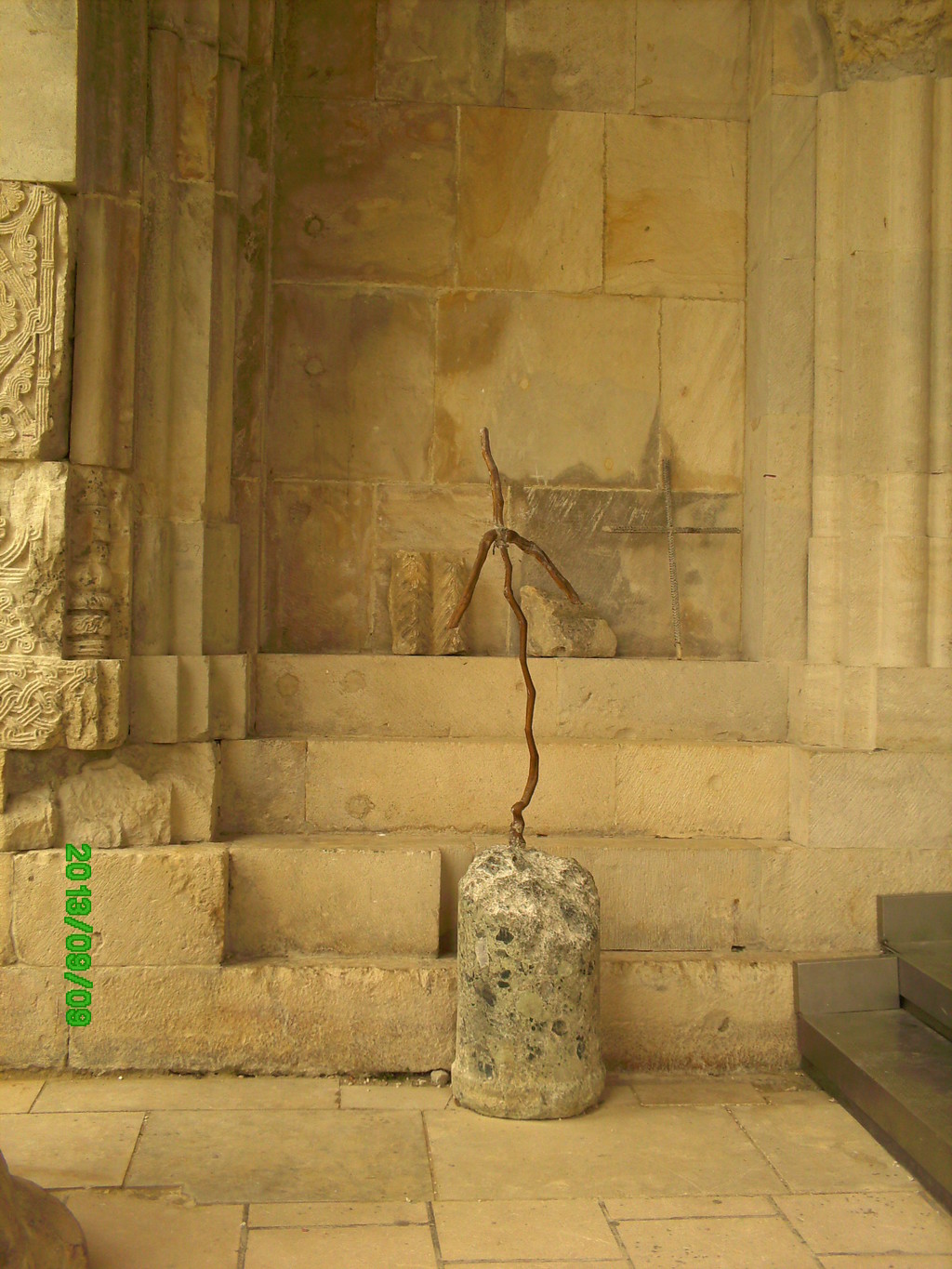
Anyways, when the Ottomans reached the cathedral, they kind of exploded it and so the cupola and the ceiling collapsed and since then it had been that way until 2012. Although the conservation and restoration works along with the archaeological studies began in 1950s, there had not been done much until the 21-st century. Vakhtang Tsintsadze, a Georgian architect, led a six stage conservation and restoration works, which continued through 1994, and that was the year, when Bagrati Cathedral along with the Gelati Monastery was included in UNESCO’s World Heritage Site list as a single entity. Since 2001 the cathedral is owned by the Georgian Orthodox Church, and since its renovation there have been held some religious services. Well, mainly, there are important services done, and the people celebrate Christmas and Easter there, of course, and there are many people gathered there on those days, I can say, Georgian people as well as tourists. Couples get married there, too, and during my visits to the cathedral, I’ve seen many of them there. In fact, there were three or four wedding couples there once when I visited it. So, it’s a huge deal of cathedral for Georgians, it can be said that way.
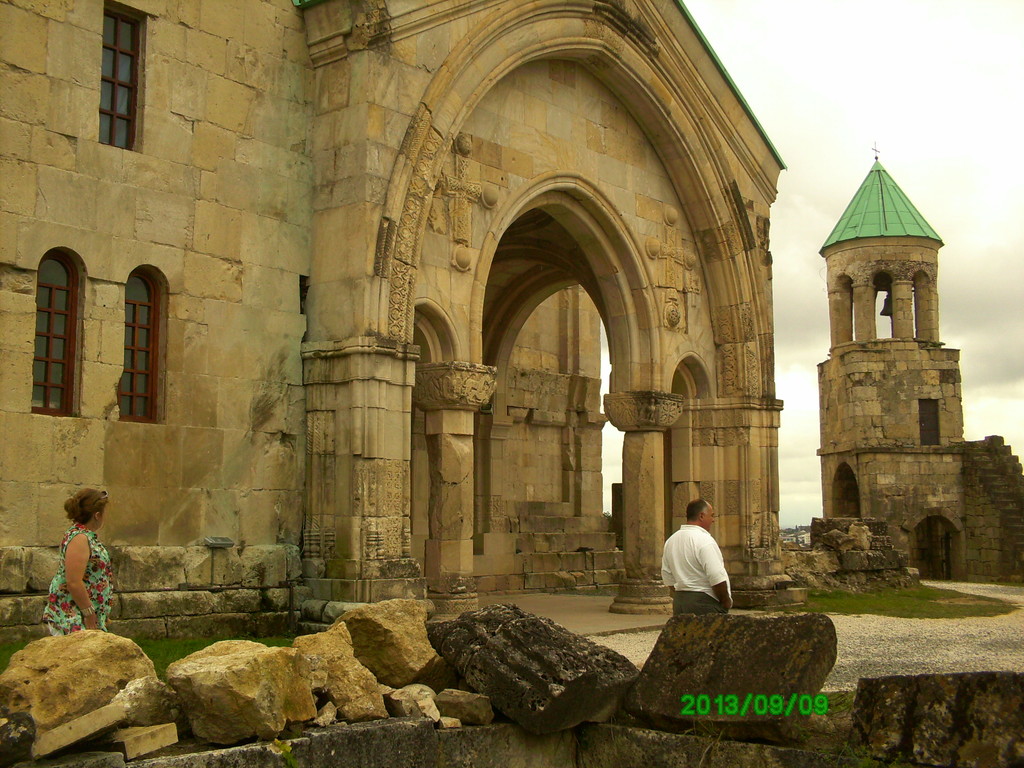
There was an archaeological expedition during 2003-2008, which included archaeological diggings in the exterior as well as interior of the cathedral. They found out, that there has been a human trace and there has been some buildings on that site even in the Eneolithic-Early Bronze Ages. It turns out, that the Bagrati Cathedral has been built on several buildings, which may have been destroyed by some other troops in early ages. That’s not really surprising, as the place itself is on a hill and that would have been a good place to build a church or some kind of fortress, for it would be easier to see far from there and control the surrounding areas. One of the remains are from the 6-th century basilica, which is 30 metres in length and 25 metres in width. It’s considered, that it might have been destroyed by the Persians. There the archaeologists found another new church nearby, dating back to the 7-th or 8-th centuries, so called “Kutaisi Temple” and the historians think that it must be that church mentioned in the records and where the Erismtavari Stepanoz was buried. And then, in the beginning of the 11-th century, the King Bagrat and his mother Gurandukht built this splendid church, which was finished in 1003, but some buildings were built in the following years and the tower in which resided the bishop.

After that, many invaders invaded Georgia and they just destroyed everything every time. Of course, that included the Bagrati Cathedral, too, as it was an amazing building at those times and as they say, it was a splendid building then. Not to mention, that it was a symbol of the unified Georgia! And I want to emphasize, that when in Bagrat became the King, he became the first king of unified feudal Georgia. He had all these territories from his father Gurgen of Kartli, and from Davit III Kurapalates of Tao, who was kind of Bagrat’s foster-father, and from Theodosius III the Blind of Egris-Abkhazia, who was his uncle. Then Bagrat started a campaign to unify the whole Georgia, and so he did, and by 1010 he had almost all the territories and, hence, his aim of unifying Georgia was mainly fulfilled. Well, this is kind of a symbolic date too. It was around 1000 when all these things happened. So, Bagrat became the king in 975, and his reign is considered to be 975-1014 _ until his death. But, technically, he became a King of the Abkhazians after a few years, and then, when Gurgen of Kartli _ his father _ died in 1008, Bagrat became the King of Kings of the Georgians, thus the first king of a unified realm of Abkhazia and Kartli, which included many territories, and it was henceforth known as Sakartvelo.
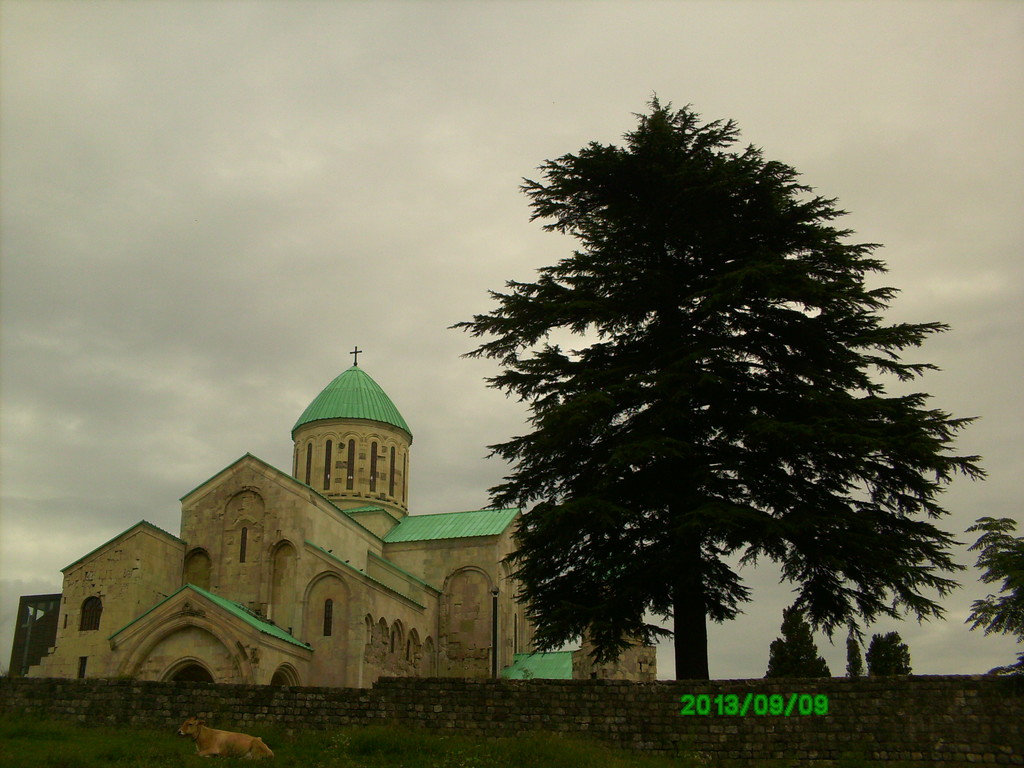
so, I want to say, that Bagrati Cathedral has overcome many obstacles, and there have been many fires and destruction there over the centuries. In 1510 the Ottomans set the building on fire, and then in 1692 they put gunpowder in all of the four corners of the church and blew it up. That’s when the ceiling and the dome collapsed. When there were some Russian ambassadors to Aleksandre III the King of Imereti in the early 17-th century, they saw Bagrati Cathedral and left some descriptive records about it. They wrote, that the building was splendid and everything in there was made of pure gold except of just two censers, and that the king and queen were present on important religious services. The queen used to sit in a gallery with other noble women, and she could listen to the chant and see everybody in the church, but they could not see her. When in 1770 King Solomon went into the city of Kutaisi to rescue the Bagrati Cathedral and the fortress around it, the Ottomans had already left the fortress and Solomon afraid that they might have returned, destroyed the remains of the walls of the fortress.
In 1833 the western gate of Bagrati Cathedral was collapsed and just some years after that people started to use its stones to build schools and residential houses.
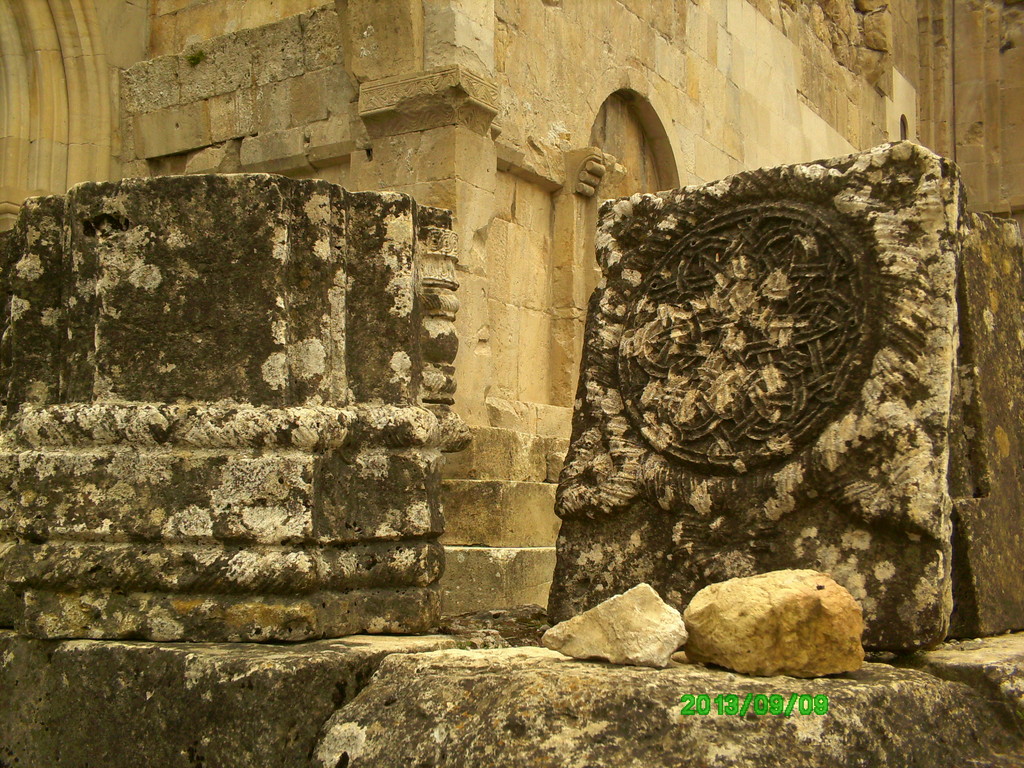
Reconstruction
When the reconstruction plans were set, there were many discussions about it. Some people were for, some against the reconstruction. Then, in some time all this got really annoying and, to my mind, they did the right thing to reconstruct the whole Cathedral. This was one of the biggest tourist attractions of Georgia until the reconstruction, and, I think, that attitude has not changed much since then. Well, some tourists said, that they were interested in visiting the Bagrati Cathedral because of the ruins and such history and stuff like that. Well, guess what, I really don’t want to see such a great and significant building, which stood over those centuries, slowly “die” like that, in ruins and, hence, from my point of view, there should have been done this reconstruction. Yes, it should symbolize the unified Georgia, and, yes, there should be held religious services. Because that’s what it was built for _ for people to go there and pray. It was built to have a religious purpose, not to be an exhibition of stones and walls. Now that is has been reconstructed, it has got its dome, and there is a big bronze cross on it, which is 2 metres and 14 centimetres and weighs 300 kilograms. So, you see, if they had not done all the work to make the walls and the building more solid, it would definitely collapse, again, this time the only difference would be that it would be in the 21-st century _ after a thousand years!

Photo gallery
Content available in other languages
- Español: Catedral de Bagrati
Want to have your own Erasmus blog?
If you are experiencing living abroad, you're an avid traveller or want to promote the city where you live... create your own blog and share your adventures!
I want to create my Erasmus blog! →












Comments (1 comments)
This is a very good article and really interesting. Great job!